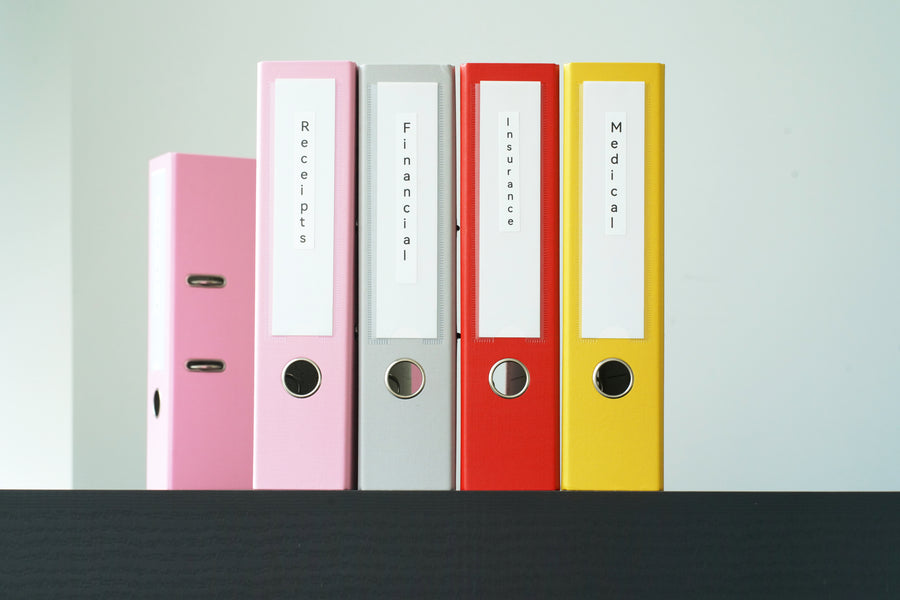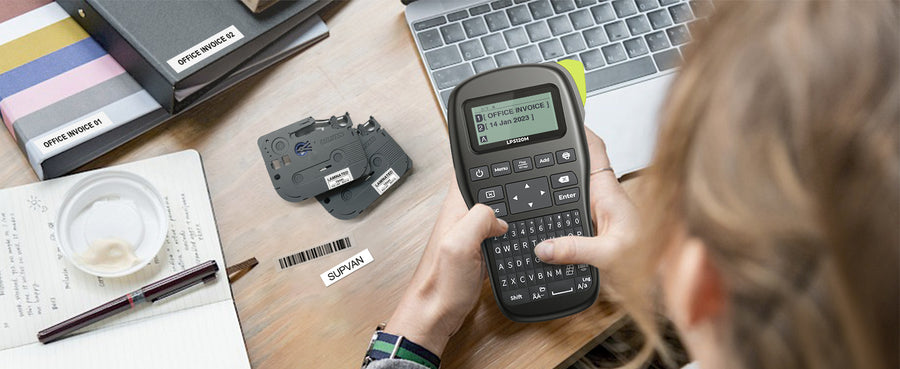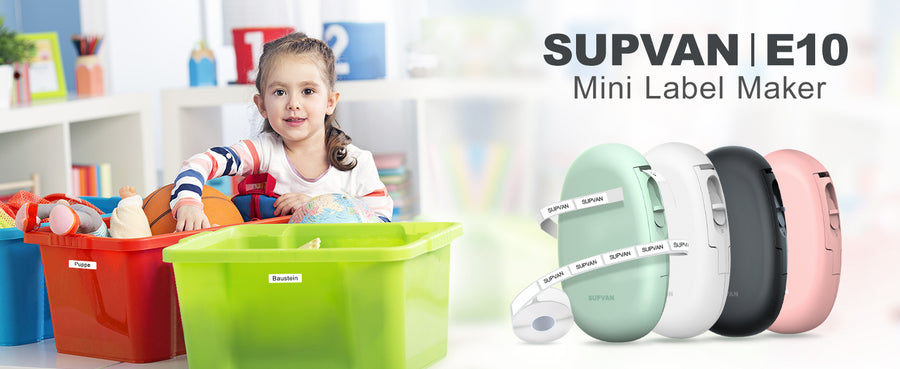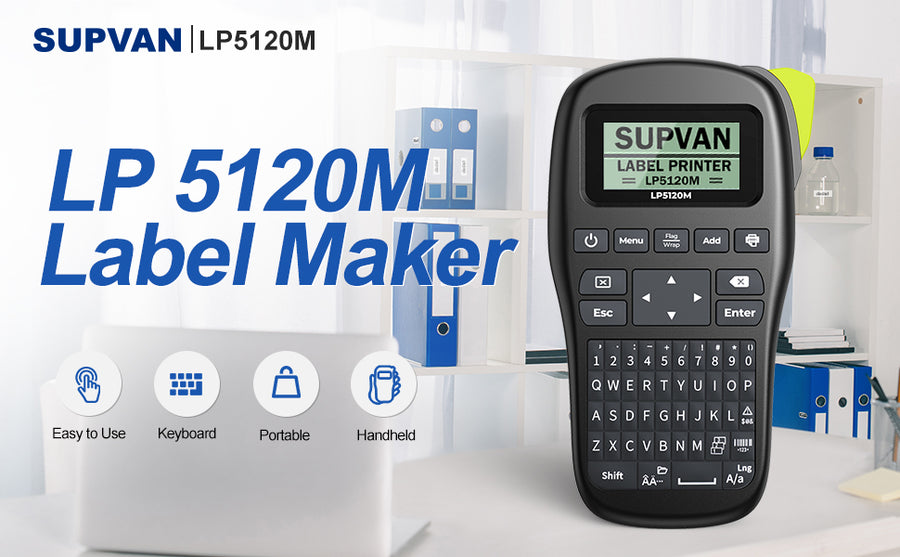What is a laser printer?
A laser printer is a commonly used computer printer that employs non-impact photocopier technology, eliminating the need for keys striking the paper.
When a document is sent to the printer, a laser beam is used to create the document on a drum coated with selenium, using electrical charges. The drum is then coated with toner, a dry powder ink, which adheres to the charged image on the drum. The toner is then transferred onto a sheet of paper and fused to the paper using heat and pressure.
The laser printer gained popularity in the mid-1980s as a standalone printer designed for personal computers, often replacing impact dot matrix or non-impact inkjet printers. Although laser printers are still commonly connected directly to a single PC, many are now connected to local area networks (LANs), providing support for workgroups or entire departments.
In certain instances, laser printers are utilized as multifunction peripherals that offer printing, scanning, photocopying, and faxing capabilities. These versatile devices are referred to as multifunction printers (MFPs), often denoted by "MFP" or "MFC" (multifunction center) in their model numbers.
How a laser printer operates
Laser printers find utility in home offices as well as small business offices. Typically, they are connected to the office network through an Ethernet connection. In a home office or small business setting, the printer is linked to computing devices using either a cable or Wi-Fi. Wi-Fi connectivity is also employed for mobile printing, allowing mobile devices to connect to the printer.
Laser printers are capable of handling both black and white and color printing, although color laser printers tend to be more expensive compared to monochrome laser printers. Generally, laser printers are used specifically for printing tasks, while newer all-in-one printers offer additional features such as copying, scanning, and faxing capabilities. Many of these printers come equipped with user-friendly touchscreen displays.
The working process of a laser printer can be outlined as follows:
- An image in the form of a photo, graphic, or text is sent to the printer, initiating the transfer of the image onto paper using a combination of positive and negative static electric charges.
- The revolving drum is charged positively.
- The printer's electronics convert the image into a laser beam.
- The laser beam is directed onto a mirror, which then reflects it onto the drum, creating a negative charge that forms the image on the drum.
- The drum collects positively charged toner from the toner cartridge, which adheres to the negatively charged image on the drum.
- As paper enters the printer, it acquires a negative charge.
- While passing the drum, the paper's negative charge attracts toner from the positively charged drum, resulting in the toner sitting on top of the paper.
- The paper's charge is removed, and the toner is permanently bonded to the paper using a fuser.
- The printed paper is then released from the printer.
- The electrical charge is removed from the drum, and any excess toner is collected.

Guidelines for selecting a printer
When purchasing the most suitable laser printer for a business, it is important to consider several key features in addition to price and warranty:
Print speed and capacity
For an average printing workload of around 200 pages per week, personal laser printers are typically sufficient. These printers are considered entry-level and can be purchased starting at $120. They offer a printing speed of approximately 20 to 25 pages per minute (ppm). However, if the printing demand increases to an average of 1,000 pages per week, a workgroup printer is recommended. Workgroup printers provide a higher speed of up to 55 ppm and are priced between $500 and $1,000.
Production printers are specifically designed for commercial publishers who require an extensive print volume of 50,000 pages or more per week. These printers are more expensive, ranging from $25,000 to $150,000. They boast impressive printing speeds ranging from 75 to several hundred pages per minute. Furthermore, production printers are capable of continuous operation, allowing them to print non-stop, 24 hours a day, seven days a week.
Resolution
Most laser printers today adhere to a standard resolution of 600 dots per inch (dpi), which is adequate for regular printing tasks, including small-scale desktop publishing projects. High-end production printers may offer a resolution of 2400 dpi. However, some laser printers still utilize a lower resolution of 300 dpi, which can result in the appearance of jagged lines along the outer edges of an image.
To address this issue, Hewlett Packard introduced Resolution Enhancement Technology (RET). RET works by inserting smaller dots at the edges of lines to smooth out rough edges. While RET does not enhance the actual resolution, it greatly improves the visual quality of the document. If you decide to purchase a printer with a resolution of 300 dpi, ensure that it incorporates RET for optimal results.

Printer languages
Printer Control Language (PCL) serves as the standard printer language for Hewlett Packard and most other laser printers, many of which are HP-compatible. PCL is commonly utilized for printing various documents such as letters, database printouts, spreadsheets, and simple graphics.
Postscript printers, on the other hand, are specifically designed for use with desktop publishing software and drawing packages. They are typically the preferred choice for printers connected to Apple Macintosh systems. Laser printers equipped with Postscript functionality tend to be more expensive and are commonly employed for printing high-definition images.
It is possible to upgrade a laser printer that uses PCL to support Postscript by installing a manufacturer-provided software driver. However, this upgrade might necessitate additional memory for the printer. Laser printers require the entire image to be present in memory before printing, and Postscript printers generally demand more memory for processing compared to PCL printers. Additionally, it is crucial for the application being used to support Postscript for the laser printer to print Postscript documents.
Paper handling
When considering a laser printer, it is essential to take into account its paper handling capabilities. Most laser printers are designed to accommodate letter-size paper (8.5 by 11 inches) and legal-size paper (11 by 14 inches) in cut-sheet form. On the other hand, high-end production printers utilize continuous sheet fed paper for efficient printing.
Laser printers offer the flexibility to print on various media types, including transparencies, adhesive labels, and lightweight cards. If the laser printer has automatic duplex printing functionality, it can effortlessly print on one side of the paper, flip it over, and print on the other side. However, many laser printers rely on simple printing methods that require manual duplex printing. This can be achieved by adjusting the print settings in the printer's properties or by printing on one side and then reinserting the same paper to print on the opposite side.
Warm-up time and first paper out time (FPOT)
When a laser printer is powered on, it requires a warm-up period to reach the operating temperature of its fuser. This warm-up time becomes even more crucial if the printer has a standby mode or is turned off between printing jobs. In the case of large workgroup and production printers, the warm-up process can take anywhere from five to 15 minutes. Unfortunately, this waiting period can hamper overall productivity.
Similarly, the First Print Out Time (FPOT) is a vital factor to consider when seeking a high-quality printer. FPOT refers to the time it takes to print the first page of a print job. Once a laser printer receives data from the computer, it typically takes around five to 30 seconds to prepare itself for printing a new job. This additional time is on top of the actual printing time required to produce the document.
Comparing Laser Printers and Inkjet Printers: Which is Better?
Laser printers and inkjet printers differ in several ways, as outlined below:
- The toner or ink used in laser printers is dry, while inkjet printers utilize liquid ink.
- When it comes to the upfront purchase price, inkjet printers are generally cheaper than laser printers. However, in the long run, operating an inkjet printer can be approximately 10 times more expensive than a laser printer. This is primarily due to the frequent need for ink replenishment, especially if high-yield toner cartridges are not used.
- Printed paper from an inkjet printer has the tendency to smear when wet, whereas documents printed with a laser printer remain unaffected.
Both types of printers operate quietly and offer the flexibility to add fonts through font cartridges or software installation. If your printing needs are minimal, an inkjet printer is sufficient. However, if you have a high printing volume, it is advisable to consider investing in a laser printer.
The Evolution of Laser Printers
The year 1975 marked a significant milestone in the history of laser printers when IBM unveiled the first-ever laser printer designed to be used with its mainframe computers.
Fast-forward to 1984, and Hewlett-Packard emerged as a game-changer in laser printing technology. They introduced the groundbreaking HP LaserJet, which revolutionized the industry with its compact size, high speed, and affordable price, making it accessible to PC users.
Since then, laser printers have experienced a remarkable transformation. They have become more affordable while simultaneously witnessing substantial advancements in device capabilities and print quality. While Hewlett Packard maintains its position as the leading manufacturer, competitors such as Brother, Canon, Lexmark, and Xerox have also emerged, contributing to the ongoing innovation and development in the laser printer market.
Discover effective strategies for utilizing remote print management in a hybrid workforce.






Leave a comment